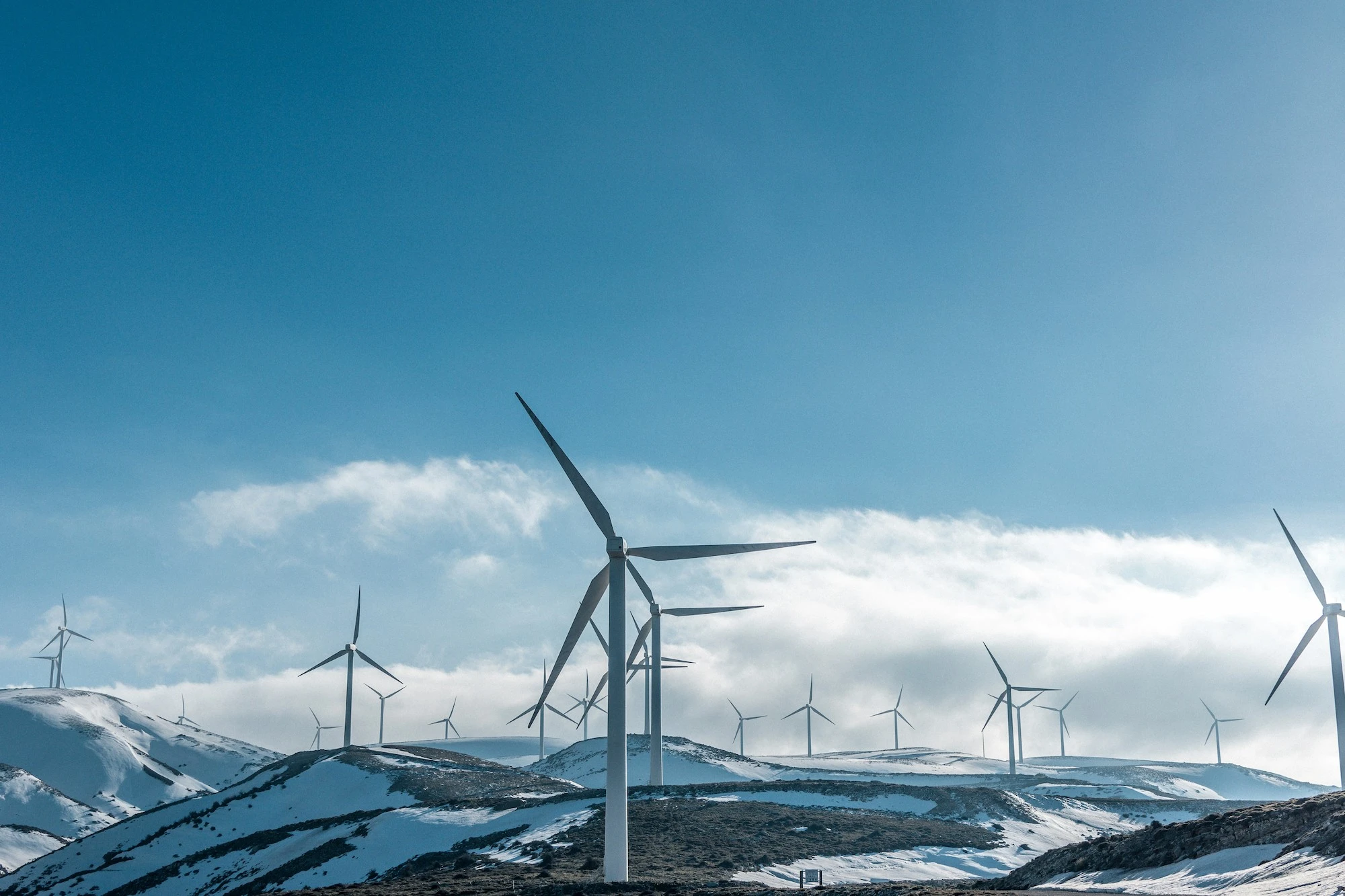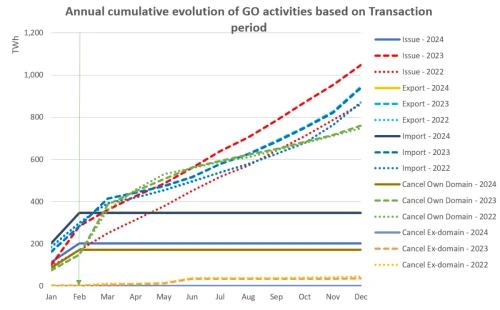Guarantees of Origin: market trends 2024
2023 was another exceptional year for Guarantees of Origin. A large price spread between in-year and future vintages, notable changes to regulation and significant price volatility all played their part in changing the face of the market. In this blog post, Market Expert, Laura Malinen outlines the key topics impacting GO markets in 2024.



Read our Guarantees of Origin trends 2025
EU European Electricity Market Summary
Our expert analysis of key trends, challenges, and milestones shaping Europe’s electricity market in 2024
Looking for GO price benchmarks?